Warehouse Managements
This UI is part of a larger warehouse administration platform designed to help businesses efficiently manage physical storage spaces. The goal was to create an intuitive, scalable interface that enables warehouse admins to quickly view, update, and organize warehouse units.
🧠
Design Rationale & Decision-Making
1. Grid Layout for Visual Clarity:
Warehouses are displayed in a card-based grid view to mimic physical shelving systems — this layout enhances cognitive mapping and allows for quick scanning of information such as size, usage status, and descriptions.
2. Color-Coding Status Indicators:
Green = Empty
Gray = In Use
This simple color-coding system provides an at-a-glance overview of storage availability without overwhelming the user with text.
3. Functional Shortcuts:
Each warehouse card includes edit and delete icons, giving users quick access to manage individual entries. This minimizes clicks and improves efficiency in day-to-day operations.
4. Consistent Descriptions:
To reduce redundancy and improve clarity, warehouse features are listed in a structured, repeated format. This reinforces user trust and creates visual consistency.
5. Modular & Scalable Design:
Pagination and filtering capabilities are included for scalability as the number of warehouse entries grows. The system is designed to support hundreds of entries with ease.
6. Top Navigation for Task Segmentation:
The top menu clearly separates different modules (e.g., Contract Management, Reports & Analytics), allowing users to focus on specific administrative tasks without cognitive overload.
Tools used
From brief
Topics
Share
Reviews
1 review
This warehouse management interface presents a thoughtful and structured starting point. It’s clear the designer has considered core workflows and operational needs, which is essential for a product like this. The clean layout and straightforward approach suggest a solid understanding of the user journey, particularly around task efficiency and data visibility.
That said, the design feels more aligned with a mid-fidelity prototype at this stage—laying the groundwork effectively, but still with room to grow in terms of visual and interactive polish.
👍 What’s Working Well
✅ Functional Clarity
The layout is easy to follow, and the overall structure of the screens shows strong UX thinking. It’s evident which areas users would interact with most, and key operations like inventory management, updates, or navigation are clearly mapped.
✅ User-Centric Workflow
The prioritization of table views, filters, and clear labeling points to a user-centered mindset. This is especially important for warehouse teams who need systems that reduce cognitive load and allow quick decision-making.
🌱 Suggestions for Growth
🌟 1. UI Enrichment
The current visual presentation is quite minimal. To take this from mid-fidelity to a fully usable interface, you might consider:
- Adding icons to improve scanability and reinforce meaning
- Incorporating badges or tags (e.g., status labels like “Pending” or “Low Stock”)
- Introducing color accents to guide attention and establish hierarchy
🧩 2. Visual Hierarchy & Contrast
The interface could benefit from more defined contrast between different UI elements—headers, actionable buttons, and informational sections could be more visually distinct. This helps users orient themselves quickly, especially in high-paced environments like logistics.
🧠 3. Microinteractions & Feedback
Subtle hover states, loading indicators, or visual feedback on interactions would enhance usability and help users feel more confident in their actions. Even basic animations or transitions can create a more polished and intuitive experience.
🌍 4. Accessibility & Responsiveness
While not shown here, keep in mind how this system might perform on various devices or in less-than-ideal lighting environments (e.g., warehouse floors). Consider:
- Font sizes and legibility
- Touch target sizes
- Mobile/tablet responsiveness
💬 Final Thoughts
This project is off to a very strong start. It demonstrates clarity of thought, practical UX planning, and a good sense of how users will interact with the system. With further refinement on the visual/UI layer—and a touch more interactivity—this could evolve into a highly effective and user-friendly product for warehouse teams.
Keep going! You're on the right track, and these kinds of foundational layouts are exactly how great products begin. 🌟
You might also like
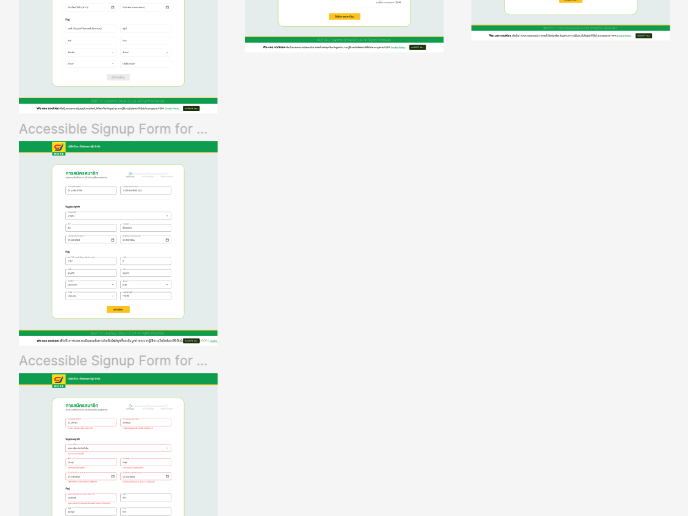
Accessible Signup Form for SaaS Platform
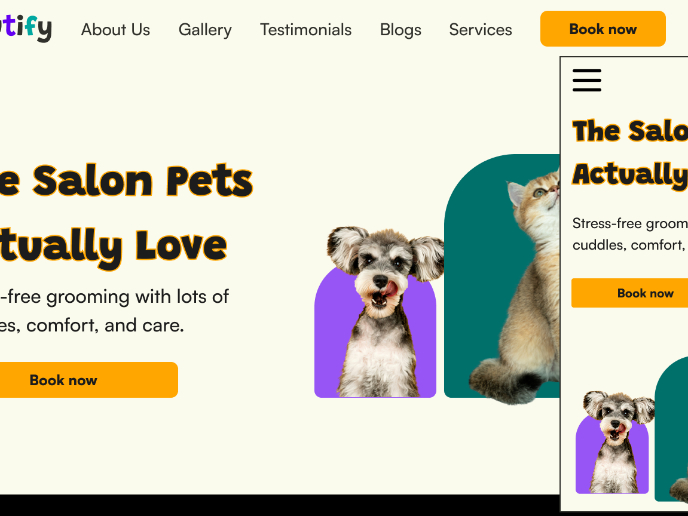
Pawtify - Responsive Landing Page Brief
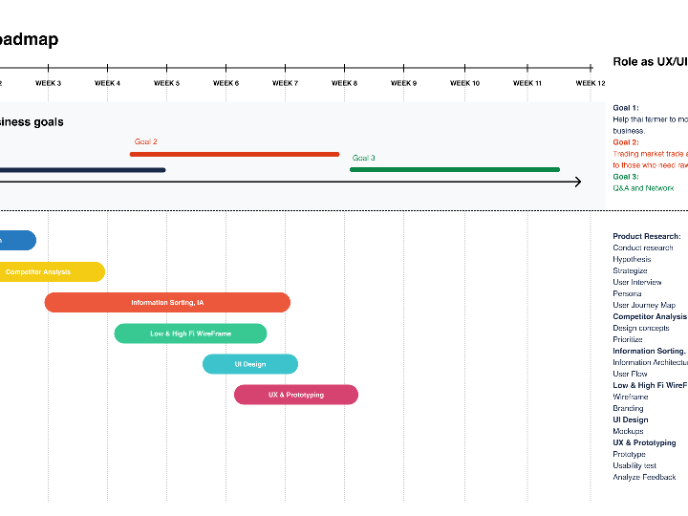
Build a Product Roadmap
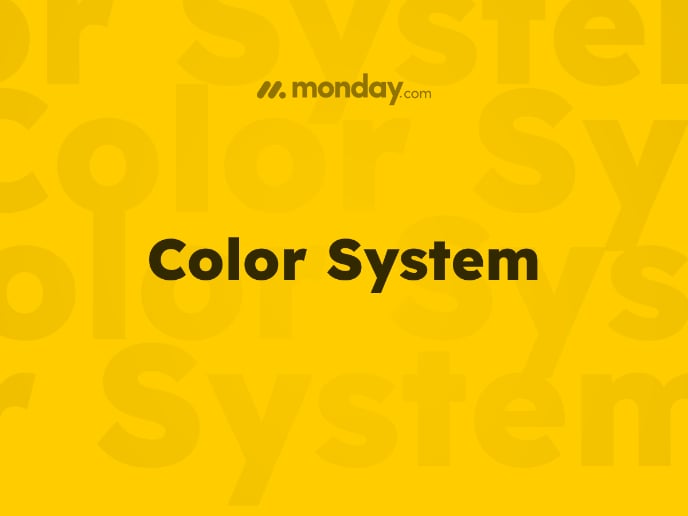
Monday.com Color System
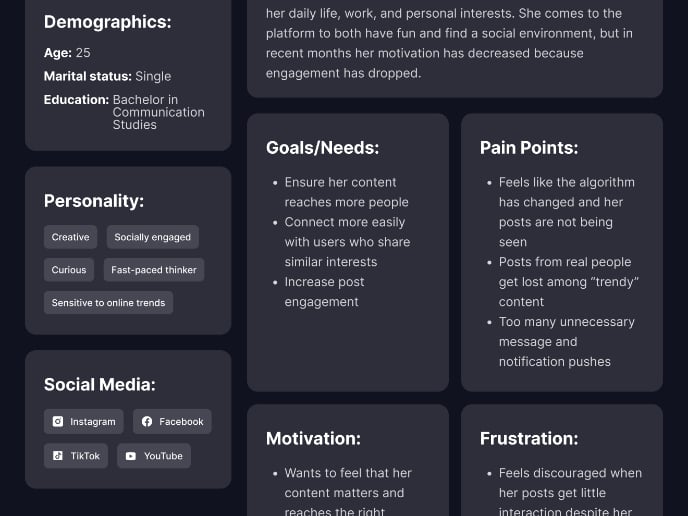
User Persona
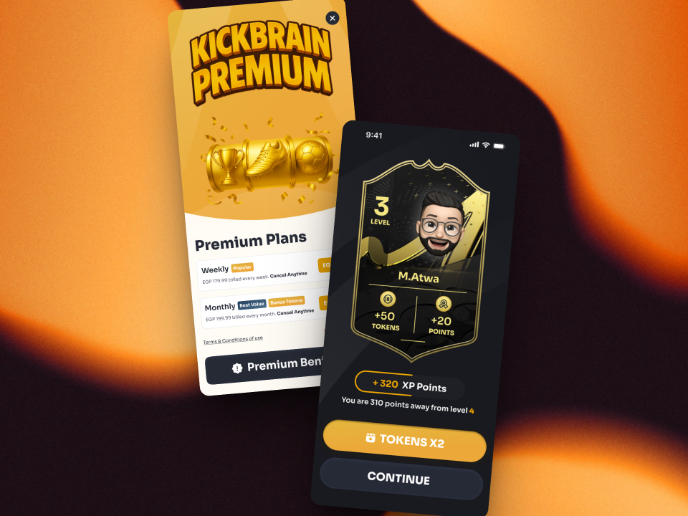
Redesigning KickBrain: Trivia Mobile Game
Visual Design Courses

UX Design Foundations

Introduction to Figma










